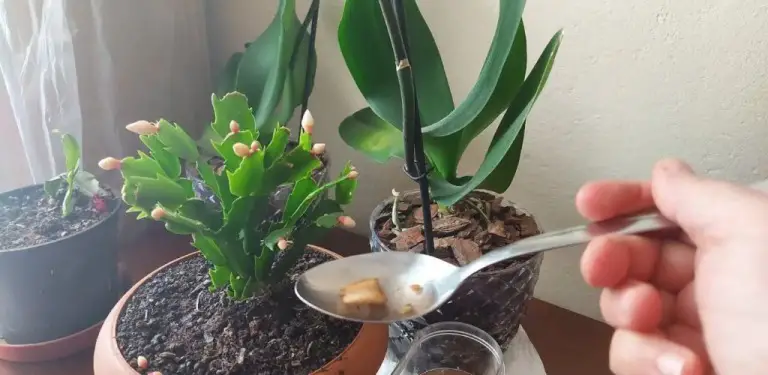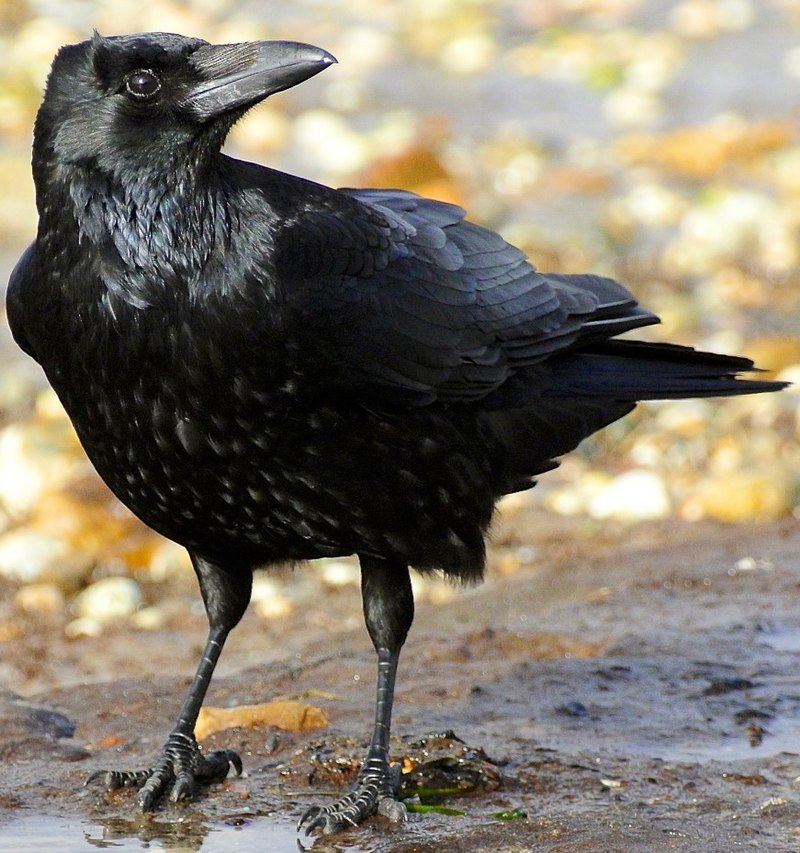
🌿 Natural Fertilization
A simple homemade fertilizer can provide essential nutrients to your plants. For instance, a solution made from banana peels, which are rich in potassium and phosphorus, can be beneficial. Soaking banana peels in water for a few days and then using the infused water to irrigate your plants can promote blooming. Additionally, incorporating compost or worm castings into the soil can enhance its nutrient content. Better Homes & Gardens
💡 Light and Temperature Management
For Schlumbergera, mimicking its natural environment is key to inducing blooms:Southern Living+1Real Simple+1
- Light: Provide bright, indirect sunlight during the day. To trigger blooming, ensure the plant experiences 12-14 hours of uninterrupted darkness each night for about six weeks. Better Homes & Gardens+2Southern Living+2Real Simple+2
- Temperature: Maintain cooler night temperatures between 50°F and 65°F (10°C to 18°C). Avoid sudden temperature fluctuations, as they can cause bud drop. The Spruce+3Southern Living+3Better Homes & Gardens+3
💧 Watering Practices
Proper watering is crucial:The Spruce+3Real Simple+3The Spruce+3
- During Active Growth: Water when the top inch of soil feels dry.Southern Living
- Before Blooming: Reduce watering to induce mild water stress, which can encourage bud formation. Southern Living+1Better Homes & Gardens+1
- After Bud Formation: Maintain consistent moisture, ensuring the soil doesn’t become waterlogged.
✂️ Pruning and Potting
- Pruning: After blooming, prune your plant to encourage branching, which can lead to more blooms in the next cycle.
- Potting: These plants prefer to be slightly root-bound. Repotting too frequently or into a pot that’s too large can delay blooming. Real Simple
By integrating these natural care practices, you can create an environment that encourages your orchid, Schlumbergera, and other flowering houseplants to bloom beautifully.
For a visual guide on fertilizing Christmas cacti to boost flowering, you might find this video helpful:



